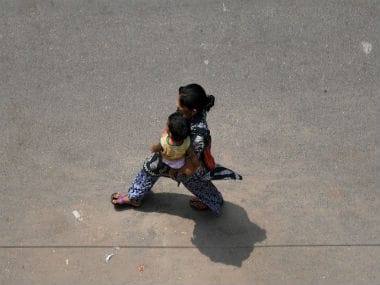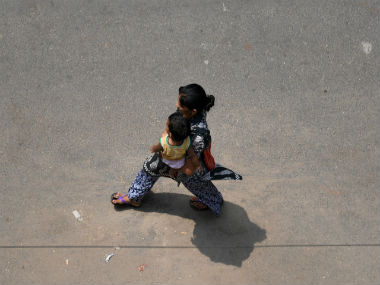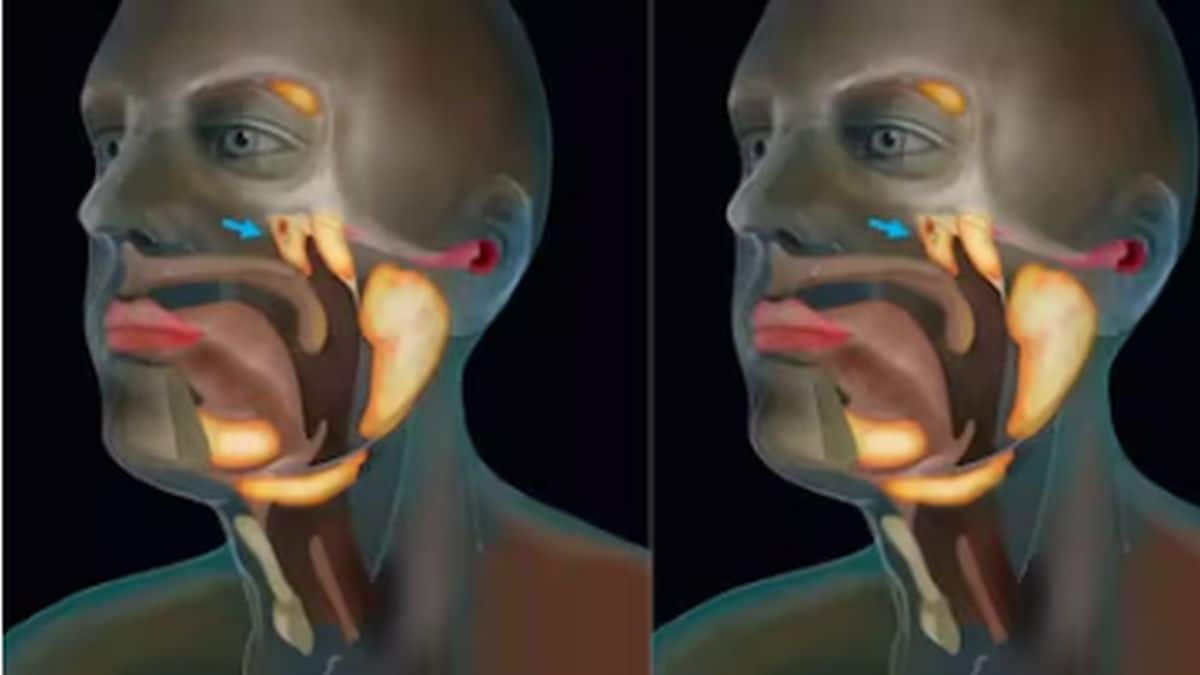The Indian Meteorological Department has issued a red alert for Delhi, Rajasthan, Punjab, Haryana and Chandigarh, just as temperatures in parts of North India reached and soared above 44 degrees Celsius. The heatwave warning has been issued for the 25th and 26th of May specifically but the heatwave is likely to persist for a few more days after that. [caption id=“attachment_7387701” align=“alignleft” width=“380”]  Representational image. Image source: Getty Images.[/caption] A study published in Science Advances in 2017 did a retrospective analysis of heatwaves and heatwave-related mortality in India between 1960 and 2009 and found that future climate warming is likely to increase the frequency and severity of heatwaves in India, and thereby will lead to a spike in heat-related mortality as well. Another study published in Comprehensive Physiology in 2015 indicated that heatstrokes are likely to occur in immunocompromised as well as healthy individuals during annual heatwaves, and can cause delirium, seizures, coma and even death in extreme cases. It’s therefore very important to recognize the signs of heatstroke and prevent them from getting any worse during a heatwave - especially at a time when the healthcare system of India is still grappling with the COVID-19 pandemic.
Signs of a heatstroke
You might think that a heatstroke comes on suddenly, but there are usually some warning signs that you may observe in others and yourself too. According to the Harvard Medical School, the following are the most common clinical and neurological warning signs for heatstroke:
- Abdominal and/or muscle cramps
- Nausea and vomiting
- Headache
- Dizziness
- Weakness
- Heavy sweat or lack of sweat
- Odd or bizarre behaviour
- Irritability
- Delusions
- Hallucinations
- Seizures
Preventing a heatstroke
A study published in the Journal of Intensive Care in 2018 reveals that heatstrokes can lead to severe organ dysfunctions, and require hospitalisation as well as treatment in an intensive care unit (ICU). Instead of having to go through such treatment due to an emergency, it’s better to prevent heatstrokes by doing the following:
- Limit or avoid outdoor activities during the daytime (especially between 12 PM and 5 PM).
- Consume ample water throughout the day, and get other sources of fluids and nutrients like fruits, vegetables, buttermilk, lassi, lemonade, etc.
- Wear loose-fitting, light-coloured clothes — preferably made of cotton — which allow your skin to breath.
- Avoid strenuous exercise or activity, especially outdoors, during the daytime. It’s also advisable to not leave children or pets inside cars for prolonged periods during a heatwave.
- Avoid caffeine, alcohol, fried foods and (non-essential) medications which dehydrate the body.
- Use coolers, air conditioners, light curtains, or traditional Indian chik curtains to control the temperatures inside the house.
For more information, read our article on Heat Stroke: Symptoms, Causes, Treatment and Prevention. Health articles in Firstpost are written by myUpchar.com, India’s first and biggest resource for verified medical information. At myUpchar, researchers and journalists work with doctors to bring you information on all things health.


)

)
)
)
)
)
)
)
)



